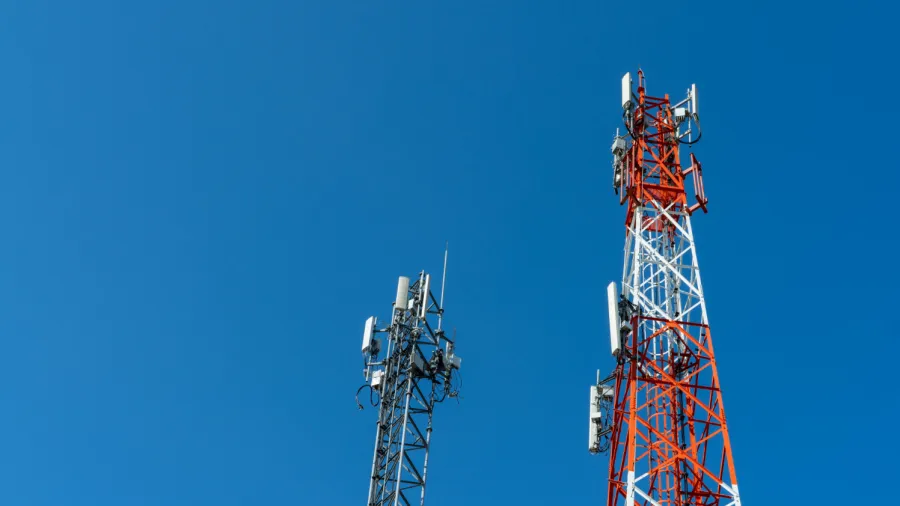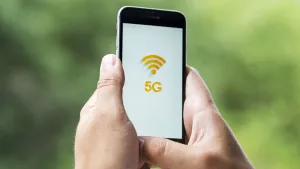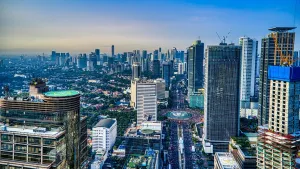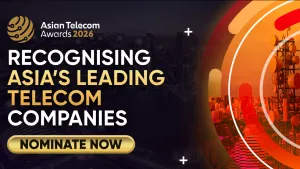
From 2G sunset to revenue sunrise
By Shioupyn ShenInclusion isn’t a byproduct of modernisation; it’s the path to sustainable growth.
Asia’s telecommunications sector is on the cusp of a major transformation.
India is racing to extend coverage to its vast rural population. The Philippines is planning to blanket its archipelago with 5G. Vietnam has just completed its own 2G shutdown, signalling a new era of connectivity. The future, at first glance, looks bright.
But beneath this momentum lies a deeper concern: modernisation is outpacing inclusion. The ongoing “2G sunset” – the phased shutdown of legacy mobile networks – is already underway in India and the Philippines, and finished in Vietnam as of 2024.
Though often seen as a technical upgrade, this transition is anything but routine. It marks a pivotal moment for the industry, one that will test its commitment to equitable, sustainable growth.
The pace of modernisation is accelerating, and the window to ensure that millions are not left behind is closing quickly.
The crucial question now is: Will modernisation widen the digital divide, or can it drive a new wave of inclusion and economic opportunity? The answer depends on how industry leaders respond. This is not just an engineering challenge – it’s a strategic and social imperative that demands decisive leadership.
With foresight and collaboration, the 2G sunset can expand the digital economy, growing the pie for everyone, not just those already connected.
Modernisation should expand, not shrink, opportunity
Traditionally, network upgrades have been celebrated for delivering faster speeds and greater efficiency. But today, the real measure of success is not just technological advancement – it’s whether these upgrades lead to greater digital inclusion or leave millions further behind.
Faster, more efficient networks are important, but they don’t automatically translate into broader digital access. Despite the deployment of new infrastructure, more than 600 million people across India, the Philippines, and Vietnam remain offline. Recent data reveals that 41% of Indians, 26% of Filipinos, and 21% of Vietnamese are still excluded from the digital economy.
This exclusion is no longer about coverage; it’s about affordability – of devices, data, and digital skills. The benefits of modernisation will only be realised if they reach all segments of society. Faster networks alone won’t solve this. Without deliberate action, modernisation risks reinforcing barriers rather than breaking them.
The B-Gap: Affordability is the new frontline
Today, the main obstacle is not whether a signal reaches a village, but whether people can afford to connect and insights from senior telecom leaders across Asia echo this reality.
The cost of entry remains prohibitive for millions. In India, 66% of telcos cite device affordability as a top concern; in Vietnam, it’s 54%. This growing divide, what we’ve coined as the “B-Gap”, the missing link between infrastructure availability and affordable access, is now recognised as the sector’s defining challenge.
Bridging the B-Gap is not just a moral imperative; it’s a significant business opportunity. The World Bank estimates that closing the affordability gap in emerging Asian markets could unlock over $21b in annual telecom sector revenue.
As urban subscriber numbers plateau, the next wave of opportunity lies in underserved, rural, and 2G-dependent populations. Digital services – such as elearning, commerce, and healthcare – are no longer optional, they’re foundational to economic and social participation.
Inclusion isn’t a byproduct of modernisation; it’s the path to sustainable growth.
Growth blueprint: Turning modernisation into inclusion
So how can the industry ensure that modernisation becomes a catalyst for inclusion, not exclusion? This requires pairing technological upgrades with practical measures to make digital access affordable for all.
Targeted subsidies, flexible financing, tiered data plans, and digital literacy initiatives are all strategies that can ensure broader, sustainable participation. But cloud-based technologies stand out as a particularly powerful solution based on its ability to address multiple barriers at once.
By enabling rich digital experiences on affordable devices and reducing the need for expensive infrastructure, cloud solutions can reach previously underserved areas. Data indicates that these approaches can even cut rural deployment costs by up to 40%, enabling operators to serve once unprofitable segments.
Recent advances in virtual browser technology further extend these benefits, allowing complex applications to run on low-cost feature phones.
These strategies do more than just connect people. In regions where a significant portion of the population relies on older networks, providing cloud-enabled access to modern digital services can transform entire communities into active participants in the digital economy.
Ninety-seven percent of telco executives have already made digital inclusion a core component of their business strategies. Bridging this gap between intent and action is essential for long-term growth.
Realising inclusive growth: Growing the pie for all
Ultimately, the 2G sunset is not a zero-sum game. It is a unique opportunity to redefine what progress and growth means in the digital age. By closing the B-Gap, telecom operators can turn a moment of risk into a multi-billion-dollar opportunity – capturing new users, building revenue resilience, and driving inclusive economic participation.
The future of Asia’s digital economy will be determined by the decisions made in this critical period. The industry’s runway for sustainable expansion lies in unlocking access for the many, not just pushing premium features to the few.
With foresight and collaboration, modernisation can become the engine of inclusion, and it is clear that the future belongs to those who choose to grow the pie, not just their own slice.















